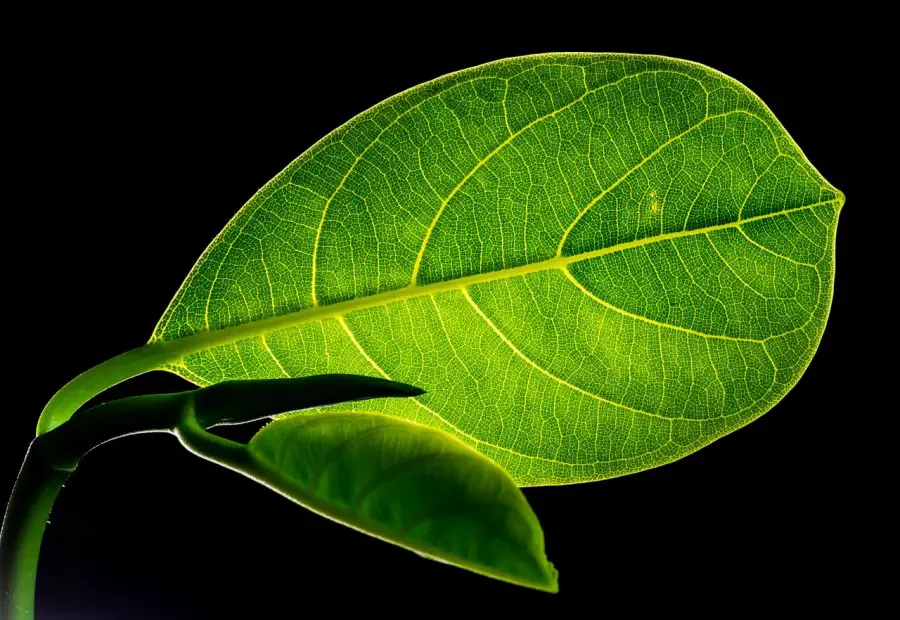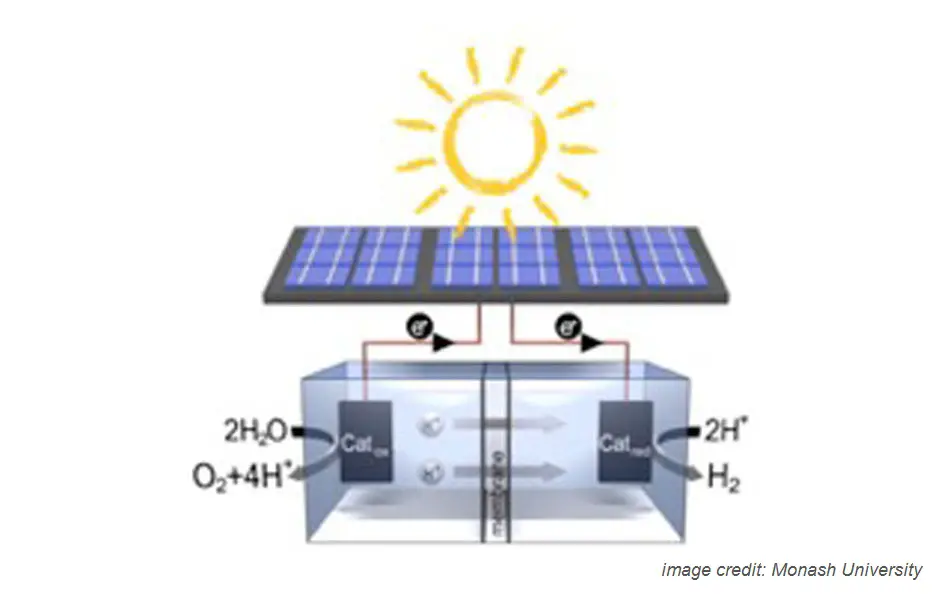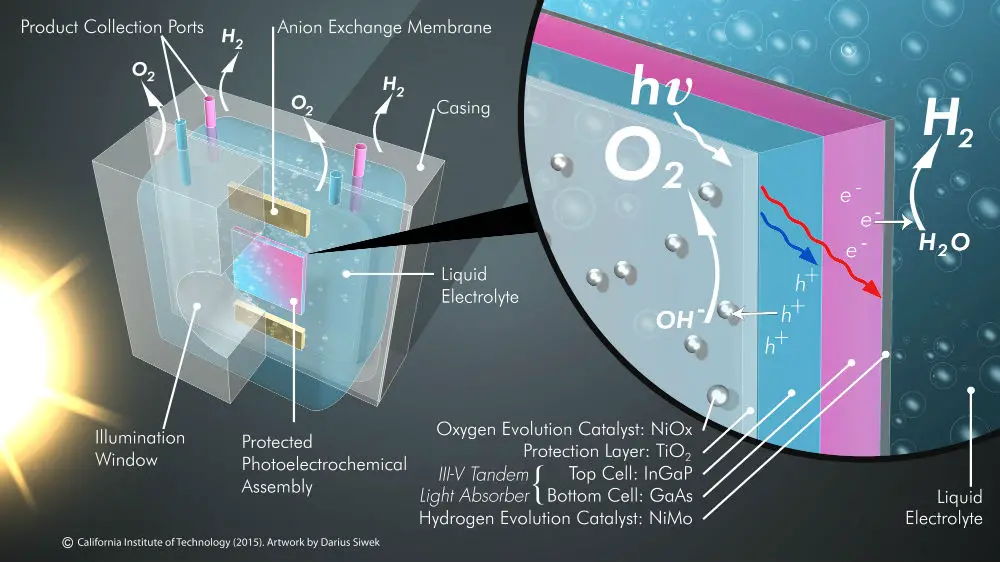Paradigm Shift
Sunlight-Harnessing Artificial Leaf Could Soon Revolutionize the Energy Industry

We all know about the vital importance of trees to our planet and all living beings on it. Thanks to the process of photosynthesis, trees produce oxygen and absorb carbon dioxide from the atmosphere, which makes aerobic life (including humans and other creatures that use oxygen in metabolism) possible on this planet.
What if trees could also produce energy in the form of fuel? (I guess in this case we wouldn’t cut so many of them…) So-called artificial photosynthesis could make it a reality. It’s a chemical process that mimics natural photosynthesis and uses sunlight, water and carbon dioxide to produce a chemical fuel. Scientists all over the world have been trying to perfect the process of artificial photosynthesis for years, but there always was the obstacle of a too high cost of production. However, recent breakthroughs in this field bring us closer to the efficient and cost-effective technology available for commercial use, which could soon revolutionize the whole energy industry.
Australian research
Researchers from the Monash University in Melbourne have created an artificial leaf that mimics photosynthesis and is said to be more efficient than real plants at harnessing sunlight and turning it into energy. In particular, their artificial photosynthesis machine is used for the production of hydrogen and oxygen, which is achieved by the means of putting an electric current in the water – a process called “electrochemical splitting”. The produced hydrogen can then be used to create clean fuel with zero carbon emissions.

The invention of the Australian scientists reaches the energy efficiency of 22%, which is the highest efficiency in artificial leaves so far. However, it is still not enough to make the technology commercially viable.
At the same time, the researchers are quite optimistic about the potential of the artificial photosynthesis technology.
“Electrochemical splitting of water could provide a cheap, clean and renewable source of hydrogen as the ultimately sustainable fuel. This latest breakthrough is significant in that it takes us one step further towards this becoming a reality,” said the lead researcher Professor Leone Spiccia.
Caltech research
Another advancement comes from Caltech’s Joint Center for Artificial Photosynthesis (JCAP) and makes it possible to reduce the costs of energy production in artificial leaves.
The system consists of two electrodes—one photoanode and one photocathode—and a membrane. The photoanode oxidizes water molecules using sunlight, and the photocathode forms hydrogen gas by recombining the protons and electrons. The function of the plastic membrane is to keep the oxygen and hydrogen gases separate, which contributes to the efficiency and safety of the system.

At the same time, the main advance achieved by the Caltech researchers is the use of nickel as the catalyst for fuel production. Nickel is an inexpensive material, which means that the costs of energy production can be significantly reduced.
The demo version of the system converts 10% of the energy it absorbs from the sunlight into fuel and can work for more than 40 hours.
“Our work shows that it is indeed possible to produce fuels from sunlight safely and efficiently in an integrated system with inexpensive components. Of course, we still have work to do to extend the lifetime of the system and to develop methods for cost-effectively manufacturing full systems, both of which are in progress,” said Professor Nathan S. Lewis, the JCAP scientific director.
With more advances like these, we could soon see a radical change in the field of renewable energy and the energy industry in general. The production of 100% clean energy which involves the processes that come from the nature itself would have broader consequences than the solution to the global energy crisis, but would benefit our planet as a whole.
Typos, corrections and/or news tips? Email us at Contact@TheMindUnleashed.com
